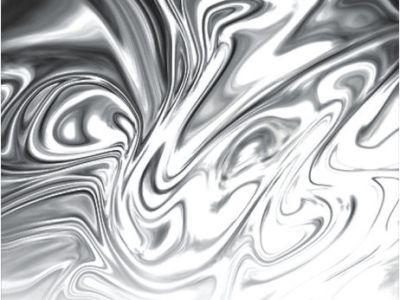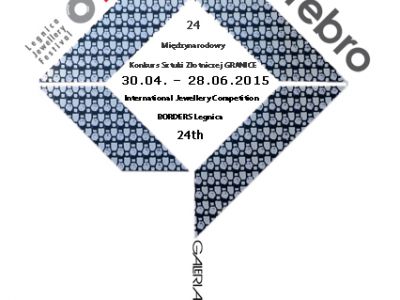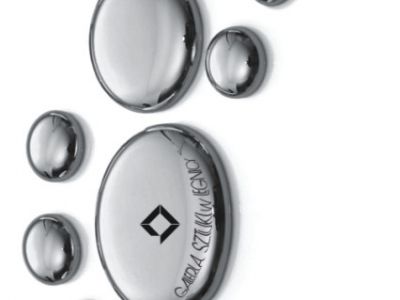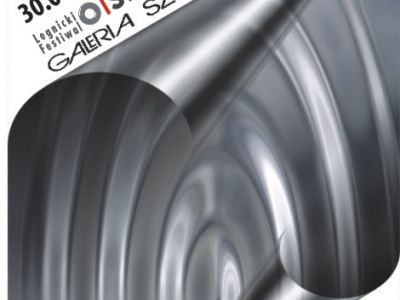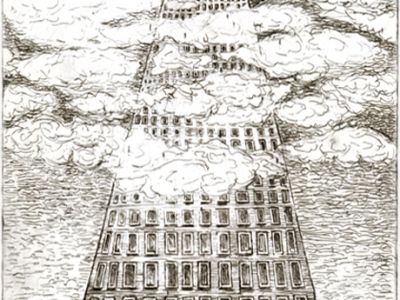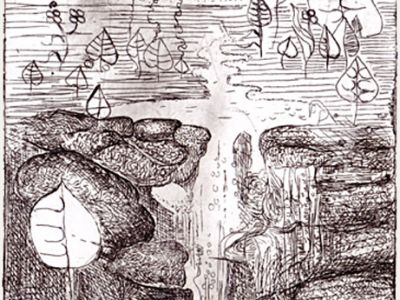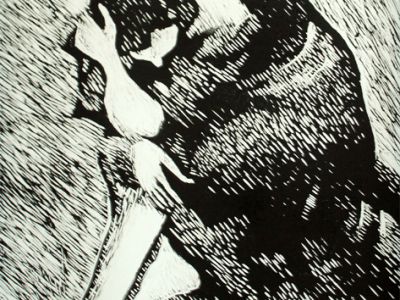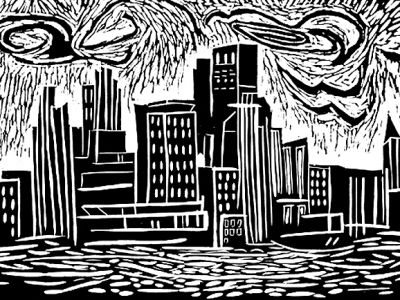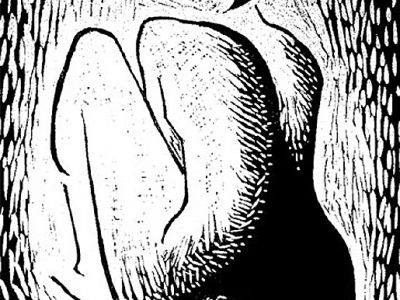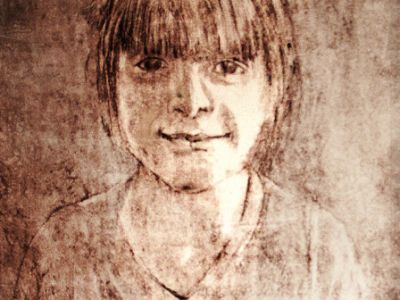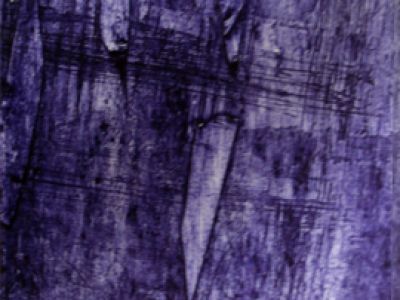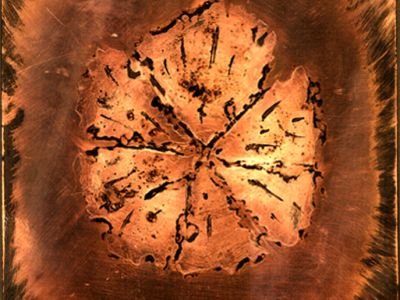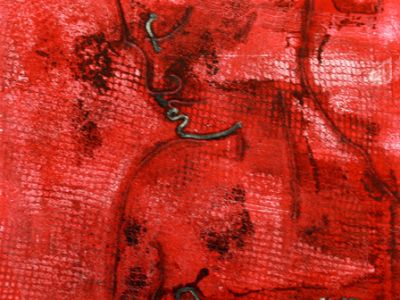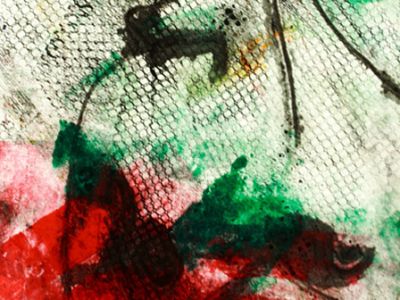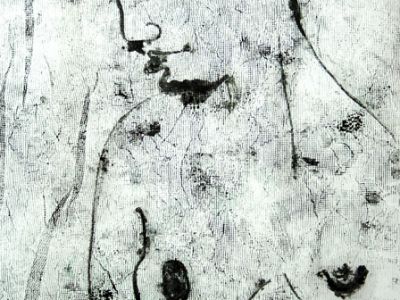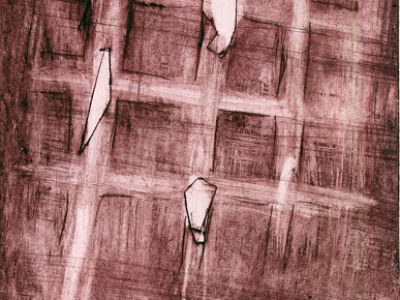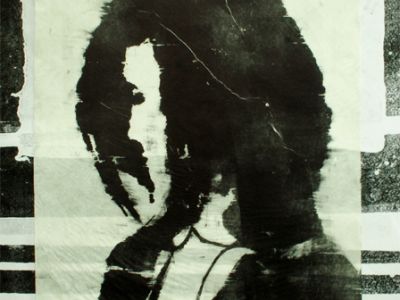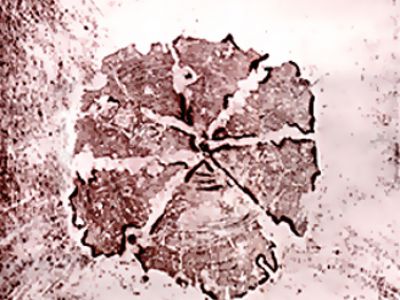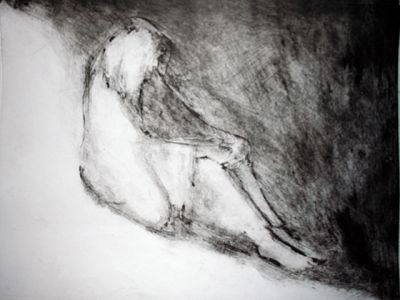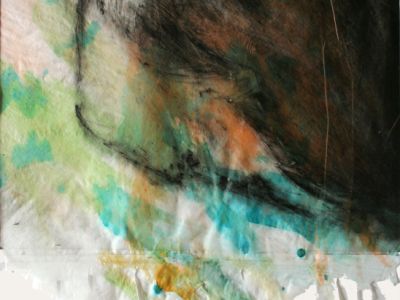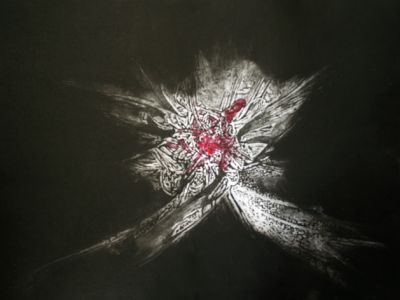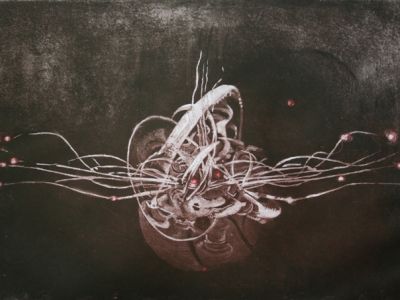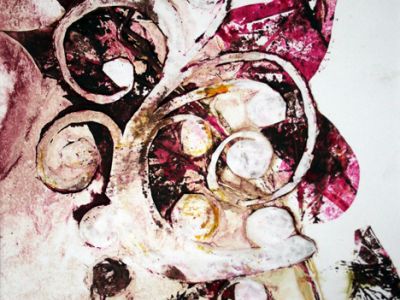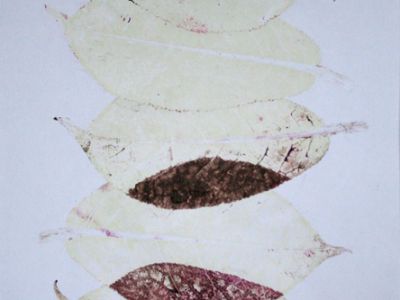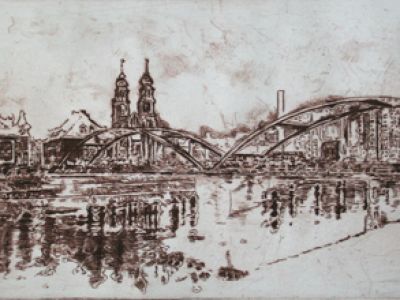ICONOGRAPHY
Classical graphics
Old Graphic - The Printmaking Process
Graphics are an artistic medium. There are many forms of graphics with varying degrees of complexity, for example: woodcut, copperplate, linocut, aquatint, aquafint, frottage etc, but all forms are based on the same principle: transferring the image from the matrix to the transfer base.
The printmaker draws, etches or carves an image onto a printing matrix - such as a stone, wood or a metal plate. The matrix is then coated with ink, covered with a transferring base - such as paper or fabric - and then printed with a roller press or a hand press. The resulting print is often identical to the image first put onto the matrix.
Numerous copies can be made from one matrix. A printmaker may use this art medium for solely artistic purposes or for commercial productions. The fine art print is an original work of art in the same way as canvas or watercolour is an original work of art. The difference is that the print usually has a very small edition The fine art print tends to be produced in small numbers, ideally not exceeding an edition size of 100.
Computer graphics
Logo – graphic sign which fulfils simultaneously marketing and informative role, through shortened, but easily noticeable and memorable company, institution, organisation, some idea, concept sign presentation. It can also perform an informative sign role, a sign which characteristically marks something. The main task of the logo is to initially direct the person to symbolised subject through: attracting attention of the viewer by graphic form which distinguishes the logo from the surroundings, and then to connect emotionally the viewer with the symbolised subject through graphic form corresponding to the particular subject.
Signboard is a showcase. It is supposed to inform passers-by about the assortment and encourage them to purchase. Signboard and leaflet are first and main marketing tools and to stand out, to be the company’s showcase they should fulfil some conditions. Signboard should be distinct but not gaudy, matched to the business character and not overwhelming by its size. It should be colour-coordinated to livery, but also to building’s and surrounding colours.
Business card in terms of printing is a transactional print. It is usually rectangular, handy cardboard which is inscribed with content depending on the type of the card. It accompanies moments of establishing connections, becoming the part of convention. It is a sign of courtesy and respect, and recently it can also fulfil advertising functions.
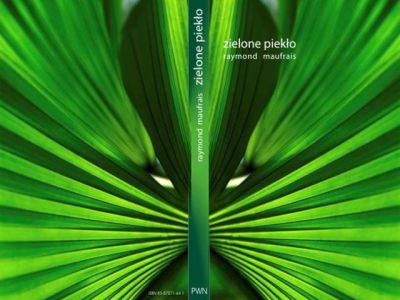
book 1
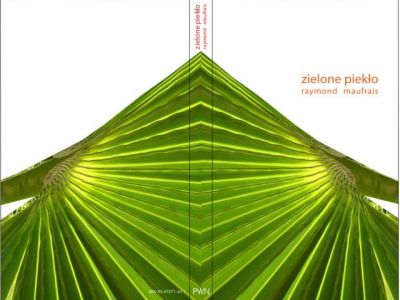


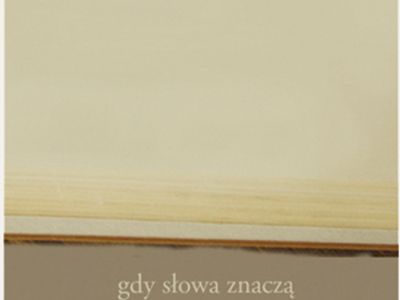
book 2
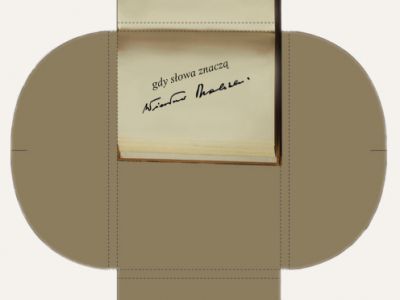
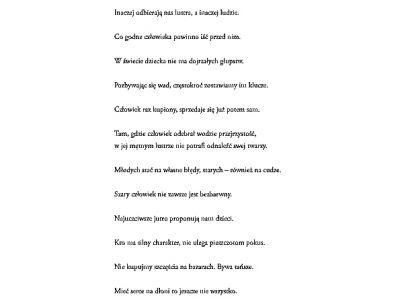

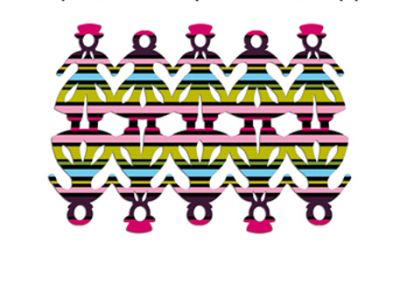
poster
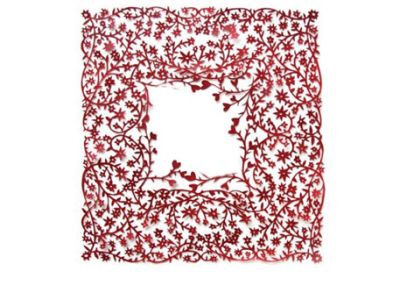
poster
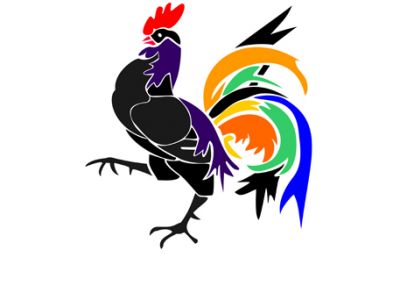
poster
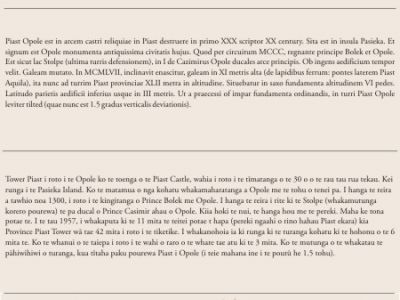
brochure
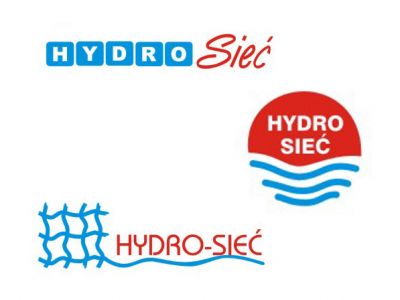
logo design
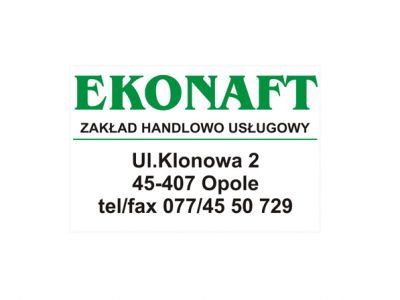
signboard
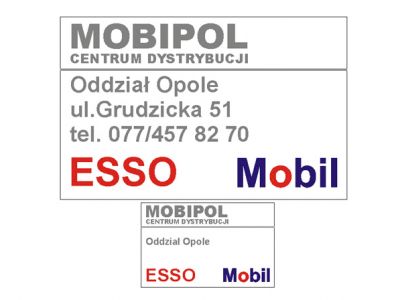
signboard
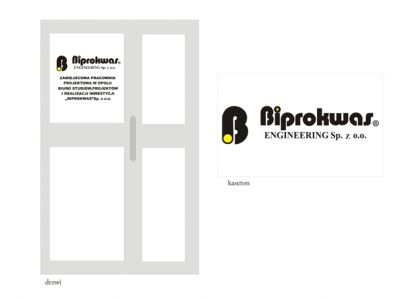
signboard - display window
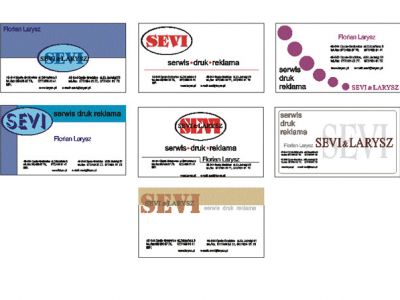
business cards
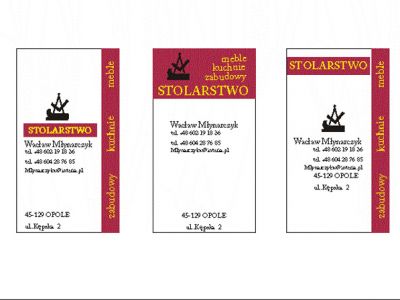
business cards
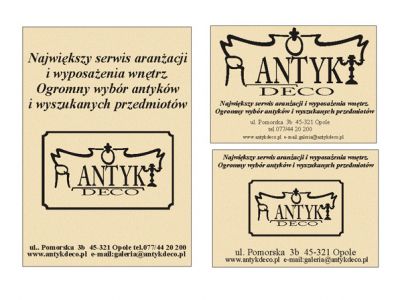
brochures
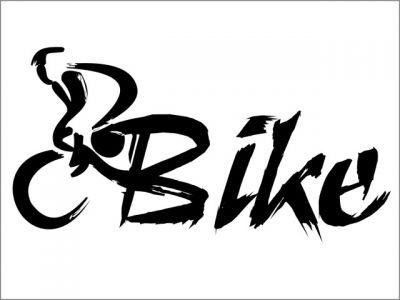
logo

logo
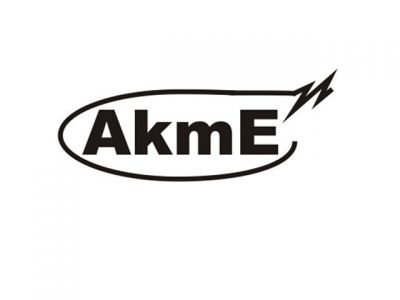
logo
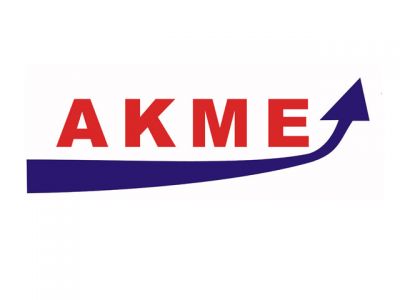
logo
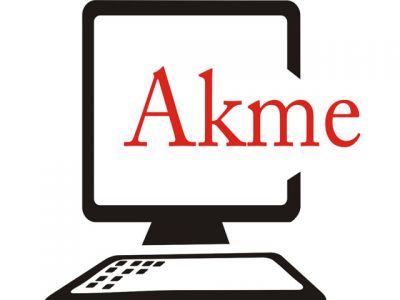
logo
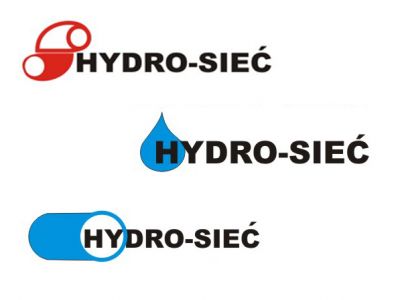
logo

signboard
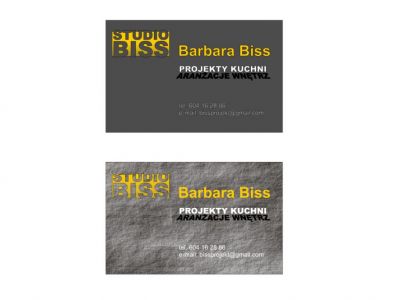
business card
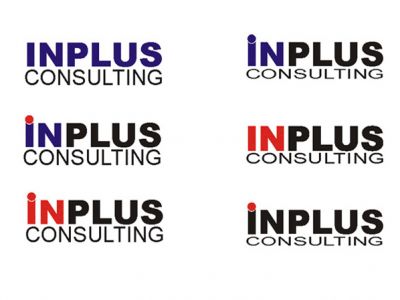
logo designs
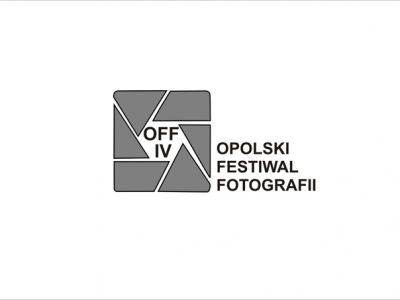
logo
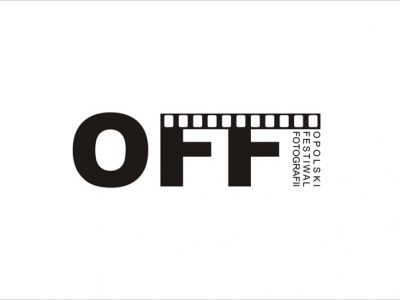
logo
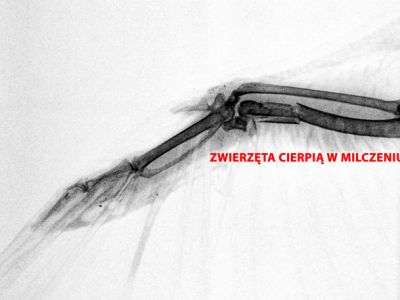
billboard-The animals suffer in silence
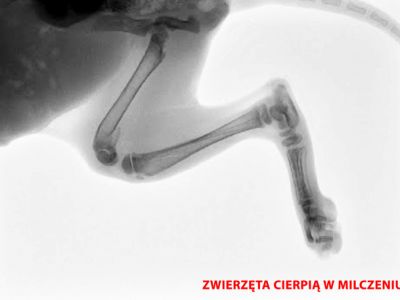
billboard-The animals suffer in silence
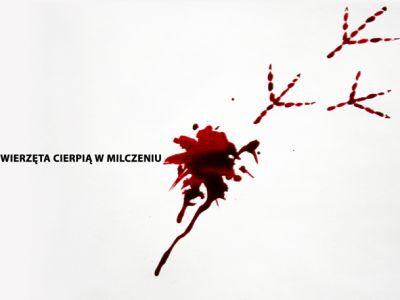
billboard-The animals suffer in silence
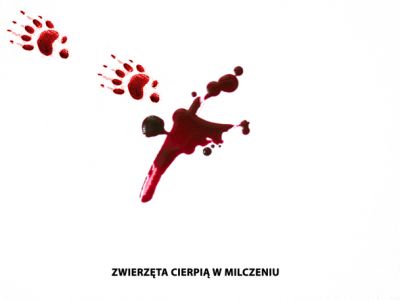
billboard-The animals suffer in silence
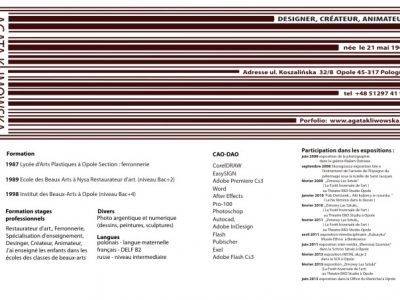
résumé
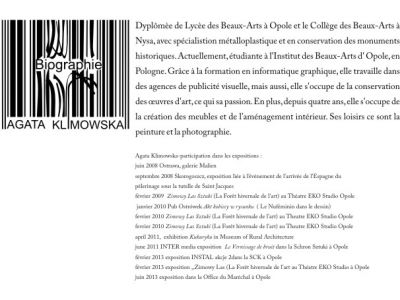
biography
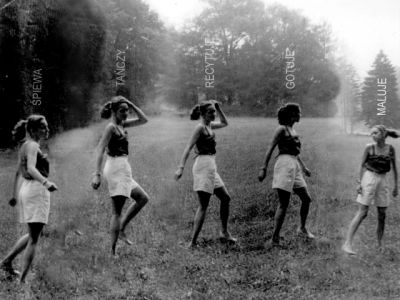
poster
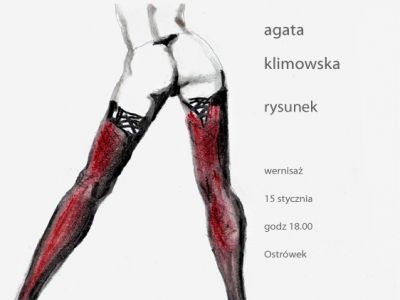
poster

propaganda poster

propaganda poster

theater poster for the play Snow White

theater poster for the play Snow White

theater poster for the play Aladdin's Lamp

theater poster for the play Aladdin's Lamp

theater poster for the play Snow White

poster

poster
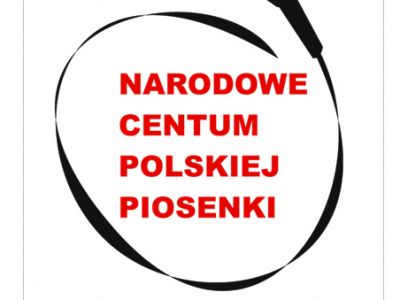
logo
